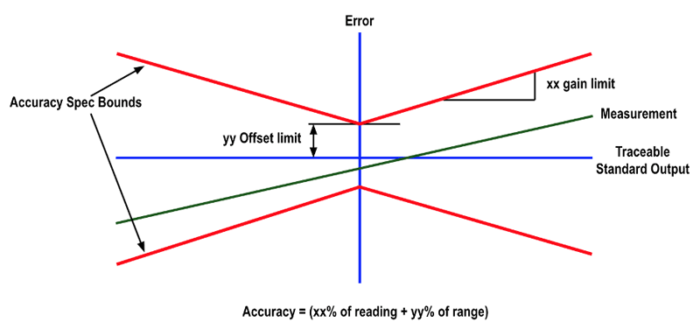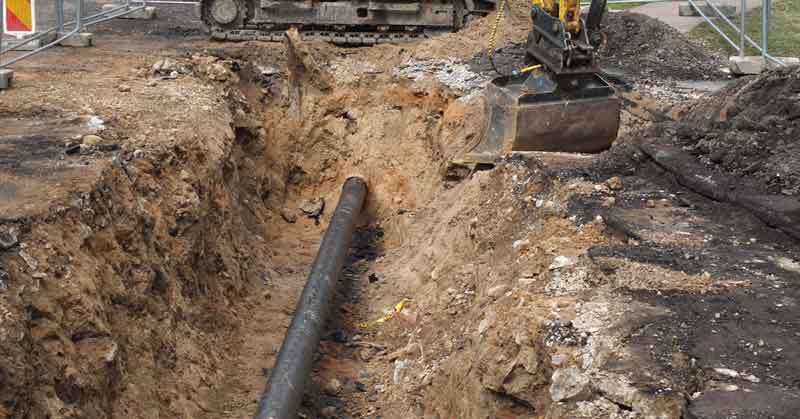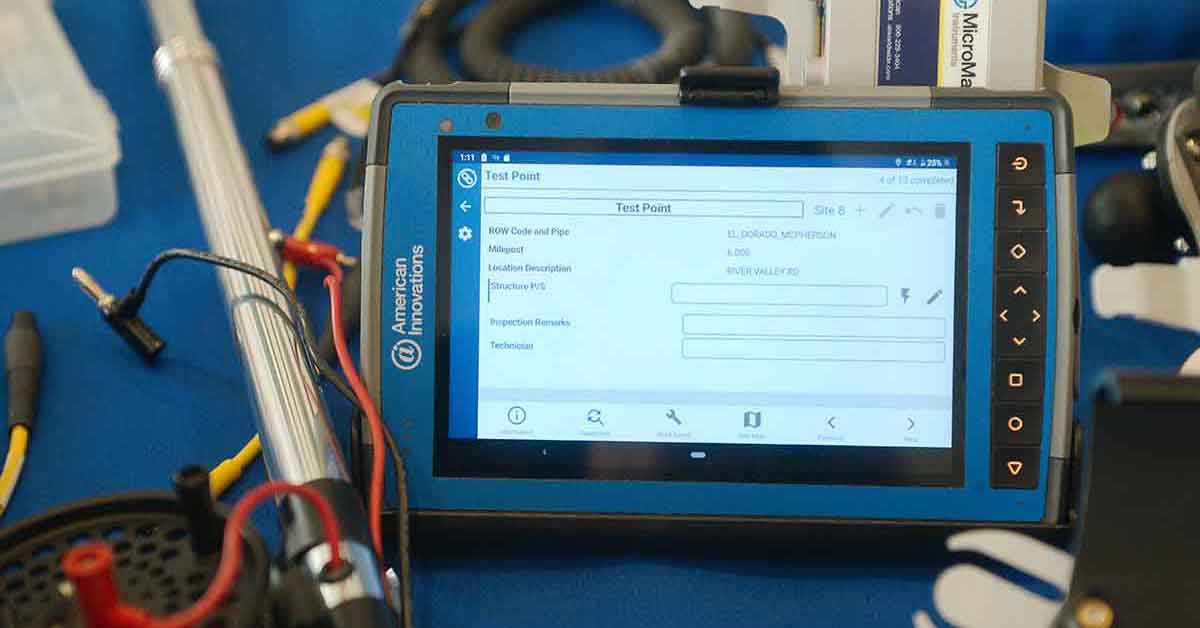If you’ve ever worked with cathodic protection remote monitoring units, other surveying instruments, chances are you’ve seen a variety of measurement specifications. Understanding these terms and their implications is key to taking appropriate action in the form of maintenance and/or mitigation.
Today we’re taking a look at six key measurement terms you should know, as well as a handful of best practices for cathodic protection measurements.
Cathodic Protection Measurement Terms
In the industry, many measurement terms are used interchangeably. However, each of these six terms has its own unique effects and implications on your readings.
Range
Range is the highest and lowest measurements a device can take. E.g. A digital voltmeter’s range is -250 to +250 volts.
Cathodic protection voltage range will vary based on instrument and measurement, and some devices even offer auto-ranging capabilities. Auto-ranging can help measure unidentified signals and provide the best ranges to measure them against.
Resolution
Resolution is the smallest measurement that a device can represent. The smaller the increment, the greater accuracy the tool can provide. E.g. 1/16” is the standard resolution of a ruler.
Resolution is key when taking pass or fail cathodic protection measurements like pipe to soil readings. In these cases, your reading may incorrectly pass or fail if using an instrument with an inadequate measurement resolution.
Sensitivity
Sensitivity is the smallest signal that a particular instrument can detect on its most sensitive range. While resolution is typically associated with a single component in the instrument’s measurement circuitry, sensitivity accounts for the instrument’s entire internal measurement path. Sensitivity also takes precedence over resolution at the bottom end of a measurement range when it comes to the lowest observable measurement.
Sensitivity is often referred to as “noise” when working with sourcing devices. Devices that generate voltage or current will show noise as a deviation from the desired signal.
Accuracy
Accuracy is an overarching term referring to the expected difference between the device’s measurement and a traceable standard. The accuracy of some measurement devices is calibrated during production using a calibrator and NIST (National Institute of Standards and Technology) industry standards.

Accuracy specifications are commonly published in the form of “xx% of reading + yy% of range” (also called the “gain” and “offset” components). These specifications can be visualized with a bow tie plot. In the bow tie plot shown, the accuracy specifications for the device (red lines) can be visually compared to the actual measurement (green line) across the instrument’s entire range.
Repeatability
Repeatability (also called precision) refers to the variation between one measurement and the next. Individual measurements can be accurate but may be limited by their inability to be replicated and give the same reading each time.
On the other hand, measurements can be repeatable but inaccurate if your device is calibrated incorrectly or your technique is incorrect. Ideally, your measurements should be both accurate and repeatable.
Input Impedance
One characteristic of the measurement channel of an instrument is input impedance. Input impedance is a measure of the opposition of current flow through a conductor. While input resistance is technically different, impedance and resistance are often used interchangeably in the cathodic protection industry.
When the input impedance of a measurement instrument is substantially higher than the source impedance of the signal being measured, the source impedance introduces negligible measurement error. However, as the source impedance increases, measurement error also increases. Input impedance is especially important to consider when taking pipe to soil readings because soil resistivity can greatly influence your measurements. The device must have a high enough input impedance to overcome the soil resistivity and provide valid voltage readings.
Looking for trusted measurement devices to provide key readings in the field? American Innovations has a suite of high-quality products for every need.
↔







